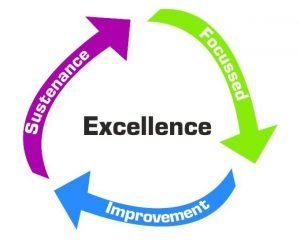Kanban is a core Lean tool designed to visualize workflow, control inventory, and enhance productivity through a simple yet powerful visual management approach.
Originating from the Toyota Production System, Kanban ensures that work is pulled only when there is demand, preventing overproduction and reducing waste.
⚙️ What is a Kanban System?
The word “Kanban” means signboard or visual card in Japanese.
In practice, a Kanban system uses cards, bins, or digital boards to signal when more material or work needs to be started.
It’s a pull-based system, meaning production happens only when required — ensuring a smooth, just-in-time flow of materials and tasks.
🧩 Key Elements of Kanban
-
Visual Cards/Boards: Represent work items or inventory
-
Work-in-Progress (WIP) Limits: Control how much work is being done at once
-
Pull System: Start new work only when capacity allows
-
Continuous Flow: Maintain balance and eliminate bottlenecks
-
Feedback Loops: Regularly review and improve the process
🚀 Benefits of the Kanban System
- Reduces overproduction and excess inventory
- Enhances team visibility and accountability
- Improves workflow efficiency and responsiveness
- Encourages continuous improvement
- Promotes on-time delivery and customer satisfaction
🧭 Conclusion
The Kanban System is more than just a scheduling tool — it’s a mindset of control, balance, and visibility.
By implementing Kanban, organizations can ensure that every task or material moves at the right time, in the right quantity, and to the right place.
“Kanban keeps work flowing — not by pushing harder, but by pulling smarter.”






